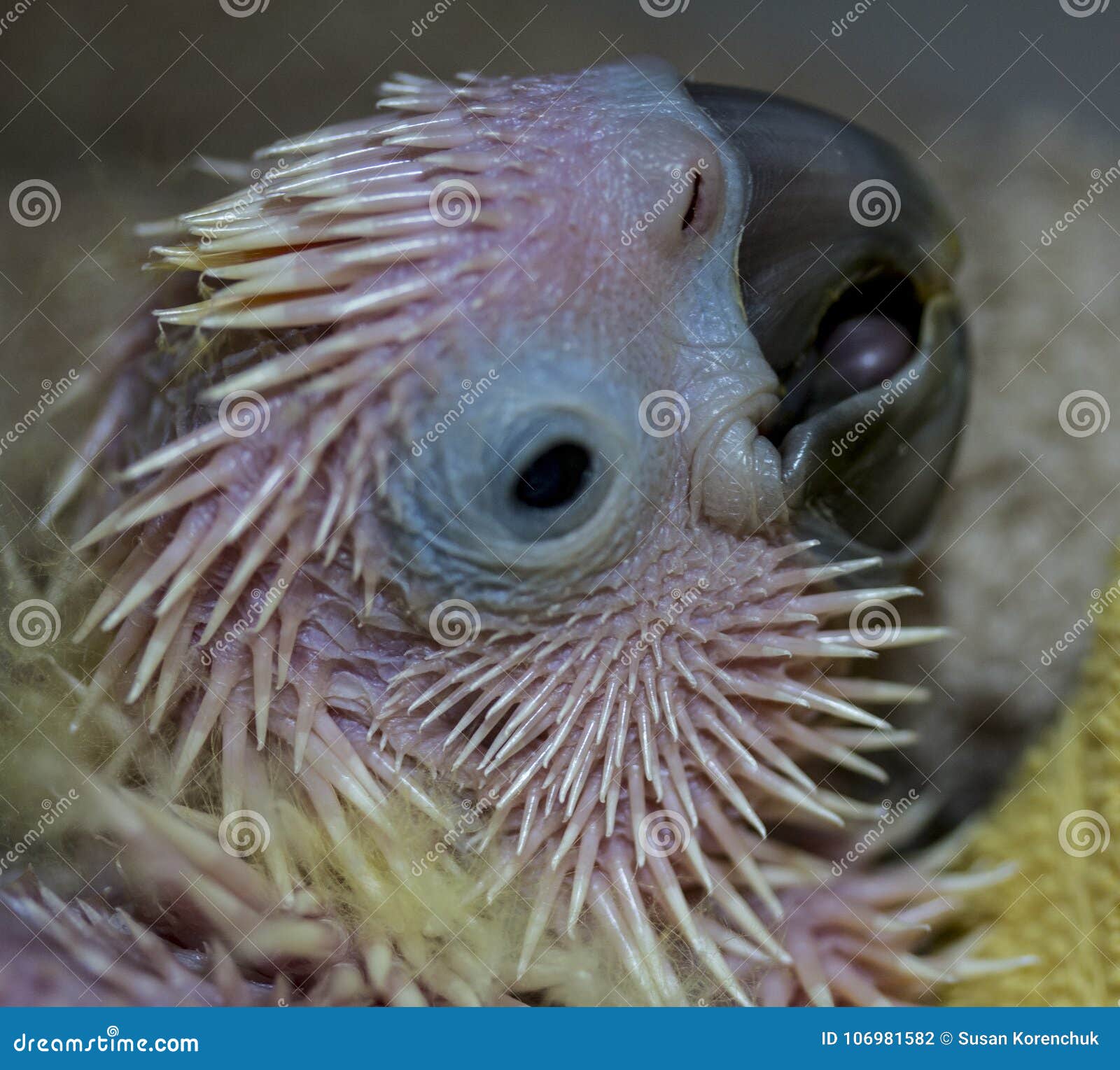Katapotato
New member
- Jan 19, 2021
- 7
- 0
- Parrots
- african grey about 20 years old
so my grey is a single parrot, and he depends on me to hold very still while i scratch his head and check for pin feathers.
the problem is that he also very twitchy and its hard for me to get a good look at his head.
even then becuase he is a gray bird its hard for me to pinpoint which pinfeathers are safe to remove and which are still growing in.
internet doesnt have good info on this. so i have a few questions on this
1- do pinfeathers just fall off over time or do they HAVE to be picked off?
2- can i feel when a pinfeather is ready to come out rather than SEEING when it will come out?
if anyone has a diagram what pinfeathers are supposed to look like that would be helpful!
edit: i am VERY gentle with them and i am usually slow when removing them. i just remove them by rubbing my nails slowly against it and it flakes off.
the problem is that he also very twitchy and its hard for me to get a good look at his head.
even then becuase he is a gray bird its hard for me to pinpoint which pinfeathers are safe to remove and which are still growing in.
internet doesnt have good info on this. so i have a few questions on this
1- do pinfeathers just fall off over time or do they HAVE to be picked off?
2- can i feel when a pinfeather is ready to come out rather than SEEING when it will come out?
if anyone has a diagram what pinfeathers are supposed to look like that would be helpful!

edit: i am VERY gentle with them and i am usually slow when removing them. i just remove them by rubbing my nails slowly against it and it flakes off.
